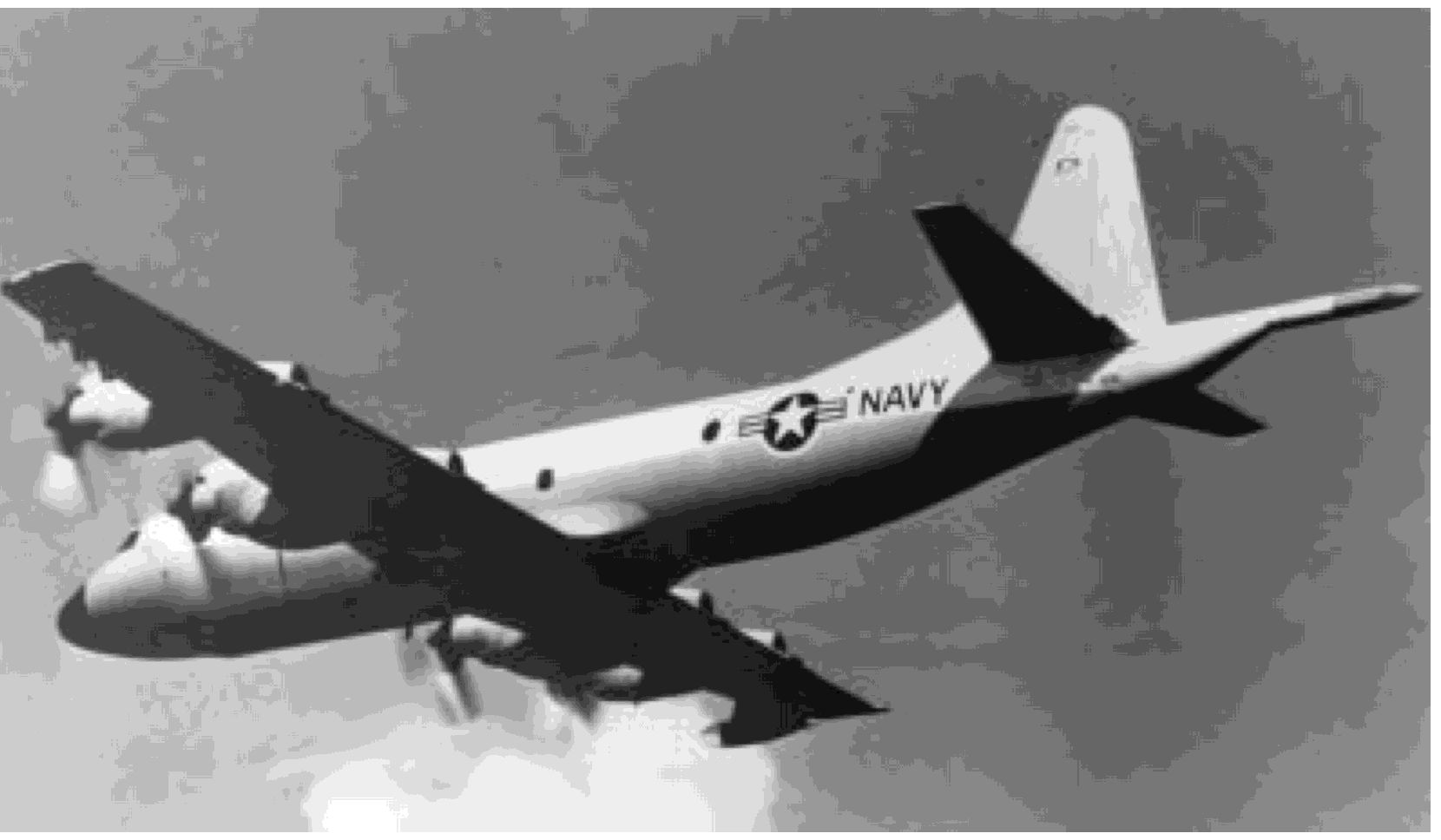
254
UNITED STATES NAVAL AVIATION
1910-1995
1964-Contin ued
shakedown cruise off San Diego. Although the con-
cept of vertical replenishment at sea had been dis-
cussed and tested as early as 1959 and helicopter plat-
forms had been installed on certain logistics ships
since then, commissioning of
Mars
provided the first
real opportunity to incorporate the helicopter into the
fleet logistic support system.
9 March
A ceremony was held at the David Taylor
Model Basin Aerodynamics Laboratory commemorating
the 50th anniversary of its establishment. Originally set
up at the Washington Navy Yard, the Laboratory was
moved to its present location at Carderock, Md., in
1944. Captain Walter S. Diehl, USN (Ret.), an aerody-
namics authority of world repute, attended the ceremo-
ny and received a citation for his outstanding contribu-
tions to the work of the Laboratory.
13 March
Instructions were issued to redesignate all
Heavy Attack Squadrons, VAH, upon assignment of
RA-5C aircraft, as Reconnaissance Attack Squadrons,
RVAH.
23 March
Two Marine helicopter crews of VMO-l
rescued 11 sick, injured and wounded members of a
road engineering party that had survived attacks by
hostile Indians in the dense jungle of the Amazon
basin near Iquitos, Peru. Their helicopters were trans-
ferred ashore in the Canal Zone from
Guadalcanal
and were airlifted to Iquitos by a U.S. Air Force C-130.
28 March
Within five hours after a devastating
earthquake struck in Alaska, the seaplane tender
Salisbury Sound
was underway from NAS Whidbey
Island, Wash., to render assistance and P-3A Orions
and C-54 Skymasters, moving up from Moffett Field,
Calif., were en route with emergency supplies. For 14
days the ship provided power and heat to the severely
damaged Naval Station at Kodiak while its crew served
in many capacities to help people on shore.
1 April
The last of 15 astronauts completed a heli-
copter flight familiarization program at Ellyson Field, as
a phase of their training for lunar landings. The training
was designed to simulate the operation of the Lunar
Excursion Module of Project Apollo. Instituted by the
Navy at the request of NASA, the program was sched-
uled in a series of two-week courses for two students
and had been in progress since 12 November 1963.
4 April
Commanded by Rear Admiral Robert B.
Moore, the Concord Squadron composed of
Bon
Homme Richard, Shelton
(DD 790),
Blue
(DD 744),
Frank Knox
(DD 742), and fleet oiler
Hassayampa
(AO 145) of Seventh Fleet, entered the Indian Ocean
from the Pacific and began a six-week cruise which
carried it near Iran, the Arabian peninsula, down the
African Coast and into many ports along the way for
goodwill visits.
23 April
The Chief of Naval Operations broadened
the opportunities for Naval Aviators to qualify as heli-
copter pilots by extending responsibilities for transi-
tion training to commands outside the Flight Training
Command.
1 May
A P-3A Orion, commanded by Captain Paul
1. Ruehrmund of VX-l, returned to NAS Key West,
P-3, newest antisubma-
rine patrol aircraft NH
69967
 |
20 |
 |